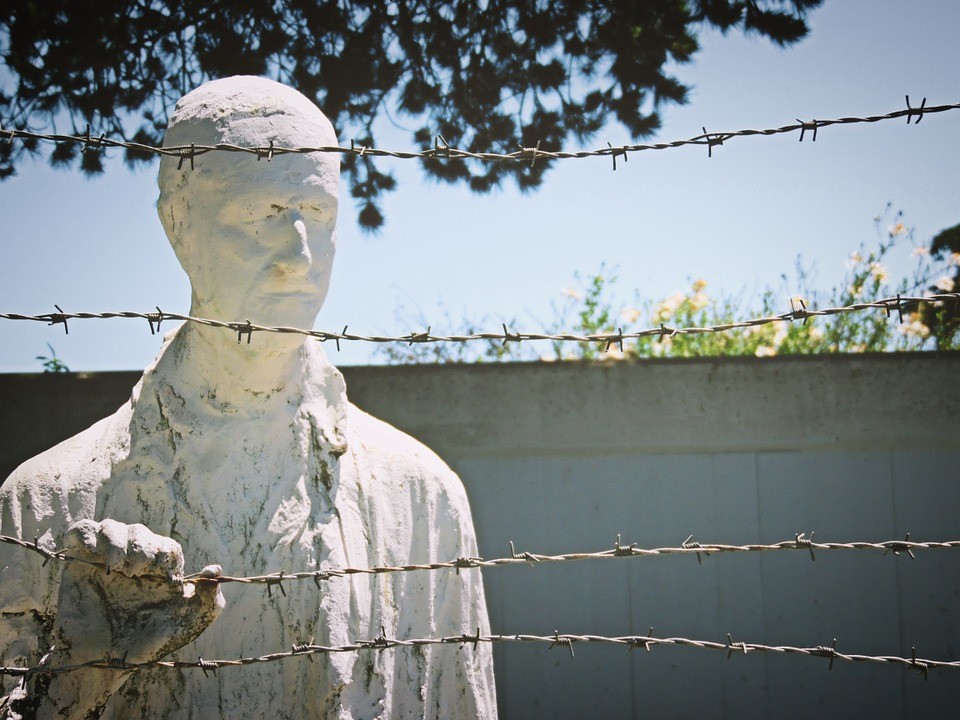Over 30 months ago the Journal of Political Risk published one of the earliest stories exposing Beijing’s long-term scheme of coercive labor, poverty alleviation, and social control in the Xinjiang Autonomous Region. The article began: “After recruiting a hundred or more thousand police forces, installing massive surveillance systems, and interning vast numbers of predominantly Turkic minority population members, many have been wondering about Beijing’s next step in its so-called “war on terror” in Xinjiang.” It examined the so-called Vocational Skills Education and Training Centers 业技能教育培训中心 (zhiye jineng jiaoyu peixun zhongxin) and the coercive transfer of rural surplus laborers into other secondary and tertiary roles, including labor-intensive manufacturing. The stated goal was to alleviate poverty. The government assigned large numbers of minority workers to stoop labor picking cotton and tomatoes, as well as work inside dangerous factories producing polysilicon for solar panels. The programs first mentioned in the 2014 “Xinjiang Papers” and later in the region’s 2017 Five Year Plan are now institutionalized and expanding to include the skilled labor force in 2022.
Chinese government data on its domestic “war on terror” has all but vanished from public view since the end of 2020. A Jamestown Foundation report by Adrian Zenz recently suggests that the forced work placement of likely hundreds of thousands of detainees continues and includes many labor-intensive manufacturing sectors, especially textiles and garments. Should a person designated as rural surplus laborer refuse a state-mandated labor transfer placement, the worker remains at risk of penalization through internment in re-education camps. Politburo Standing Committee Member Yu Zhengsheng admitted that the labor transfers were not about improving the economic viability of the region but about integrating various ethnic groups.
China previously used a similar “integration” policy in Tibet, which it considered a renegade area out of compliance with the dogma of the CCP. Beijing forcibly instituted programs to destroy Tibetan culture by denying the population its use of their Tibetan language in local schools, closing Buddhist temples, and often killing monks and those who opposed the changes. Han government workers from eastern China were assigned to live in Tibetan homes where they monitored the behavior of local families. There were forced intermarriages between Han and Tibetan Buddhists to further dilute the culture, among other unspeakable atrocities. The CCP leadership let it be known it would not tolerate any dissent in Tibet. Today that coercive message is directed toward Xinjiang to ensure that its Muslim ethnic minority citizens remain in internment camps or work in state-controlled and economically productive factory settings. Zenz says that “the region’s coercive labor systems remain necessary for the ongoing achievement and consolidation of [Beijing’s] political goals.”
“Between 2016 and 2020, Xinjiang had planned to annually transfer 2.2 million rural surplus laborers. It exceeded this goal by over 30 percent, transferring 2.87 million workers per year,” according to the Jamestown Foundation report. The Xinjiang government recent announced that the region set a record in 2021 by transferring a staggering 3.2 million surplus laborers, over 15.4 percent more than planned. The Xinjiang 14th Five-Year Social and Economic Development Plan (2021-2025) focuses on consolidating, maintaining, and expanding its reach over those coercively mobilized into work placements by preventing them from leaving their assigned jobs. Beijing also is calling for the elimination of the so-called “inner motivation” problem so that all men and women work full-time without regard to familial responsibilities or working-age persons in caretaking roles. In southern Uyghur-majority regions such as Hotan, even stronger language is incorporated into the local Five-Year plan. It calls for the need to “perfect monitoring” in the minority population under the guise of eliminating poverty. Earlier this year, China Daily which is run by the CCP, pointed out that the government sent 400,000 cadres Xinjiang to investigate and monitor the poverty and income situations of 12 million rural households through an “early prevention, early intervention, early assistance” campaign that identified 774,000 households for “real-time monitoring” and surveillance. The program is intended to create a “stable mental foundation” in those who are “lazy.” The elimination by Beijing of official reporting on the number of transferees does not mean the end of coercive policies in minority areas in western China.
There are three major human rights trends to watch going forward, according to Zenz. First, coercive, pervasive, and large-scale forced labor movements are continuing. She suggests that “Through intensified vocational training and ongoing state-led economic development efforts, coercive labor is likely to expand from predominantly low-skilled into increasingly more high-skilled industrial sectors.” Second, the systemic nature of coercive labor is the result of political objectives that can only be reached by shifting millions of Uyghur laborers from rural to industrial livelihoods, breaking up traditional communities, and transferring ethnic minorities to Han majority regions. Finally, the recent shift from highly mobilizational to more institutionalized and monitored forms of managing labor placements has further reduced the availability of on-the-ground propaganda and state media reports. “This shifting evidence situation has made research far more challenging, if not impossible,” according to Zenz. Beijing may try to pretend it is meeting International Labor Organization (ILO) standards but the world can be certain China simply is pulling the veil back over the face of the Uyghur population to hide the atrocities of the CCP.
Daria Novak served in the U.S. State Dept.
Illustration: Pixabay
